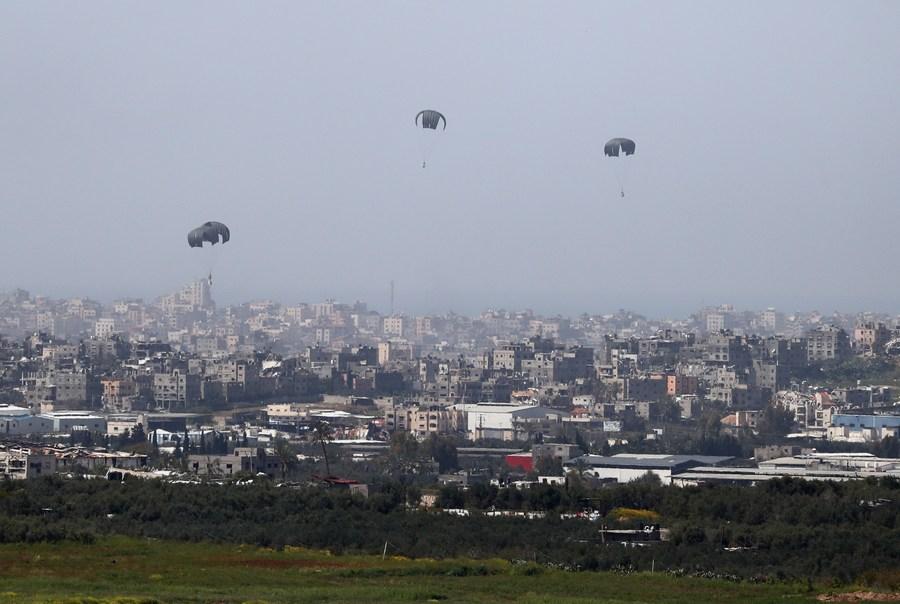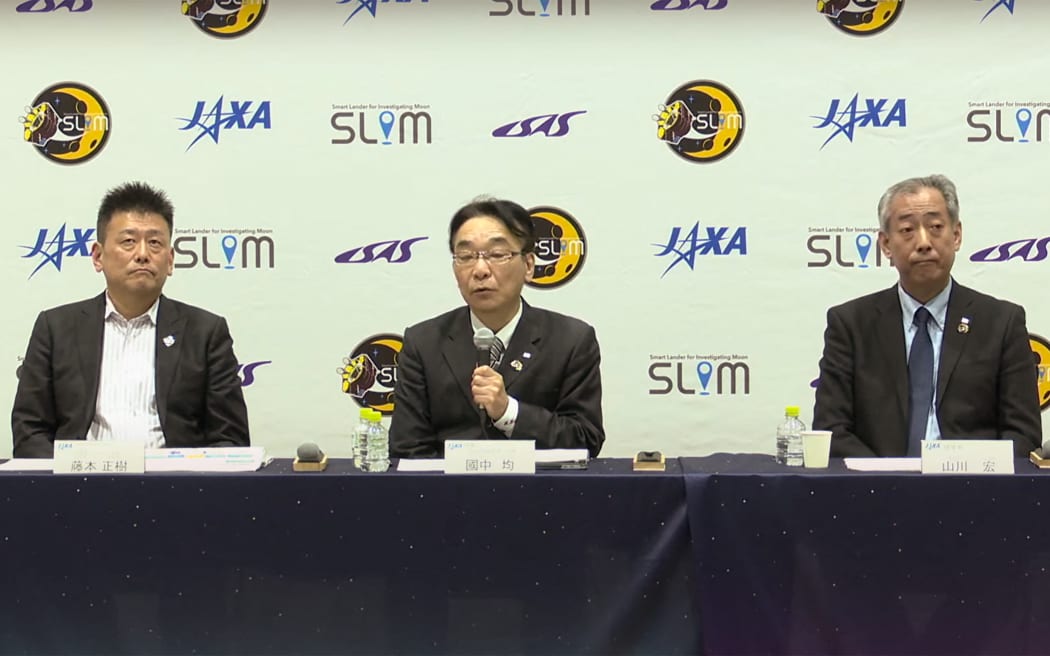Current location:International Impression news portal > world
US growth likely slowed last quarter but still pointed to a solid economy
International Impression news portal2024-04-26 01:20:55【world】8People have gathered around
IntroductionWASHINGTON (AP) — Coming off a robust end to 2023, the U.S. economy is thought to have extended its
WASHINGTON (AP) — Coming off a robust end to 2023, the U.S. economy is thought to have extended its surprisingly healthy streak at the start of this year, with consumers still spending freely despite the pressure of high interest rates.
The Commerce Department is expected to report Thursday that the gross domestic product — the economy’s total output of goods and services — grew at a slow but still-decent 2.2% annual pace from January through March, according to a survey of forecasters by the data firm FactSet.
Some economists envision a stronger expansion than that. A forecasting model issued by the Federal Reserve Bank of Atlanta points to a first-quarter annual pace of 2.7%, propelled by a 3.3% increase in consumer spending, the principal driver of economic growth.
Either way, the economy’s growth is widely expected to have decelerated from the vigorous 3.4% annual pace of October through December. The slowdown reflects, in large part, the much higher borrowing rates for home and auto loans, credit cards and many business loans that have resulted from the 11 interest rate hikes the Federal Reserve imposed in its drive to tame inflation.
Address of this article:http://lydelajexeh.allesfuersjagen.com/clusters-of-atoms-and-molecules-ii-book-22400if.php
Very good!(3454)
Related articles
- How a pheromone perfume could make you irresistible to the opposite sex
- Children's books boost Sino
- Mother charged with murdering five
- China's Heilongjiang launches JSQ freight train from Harbin to Europe
- Biden promises quick provision of additional arms to Ukraine in call with Zelensky
- China's broadband speed more than doubles in 3 years, report says
- China rolls out tasks to foster improved online environment
- Prabowo Subianto wins 2024 Indonesian presidential election
- Nootbaar, Gibson spark Cardinals to 5
- China rolls out tasks to foster improved online environment
Popular articles
Recommended
I flew from Scotland to Denmark for 24 hours for a family trip to Legoland

More Buddha statues found in northern Laos

Egypt to increase number of aid trucks to war

The Philippine president says he won't give US access to more local military bases
Poland's prosecutor general says previous government used spyware against hundreds of people

The extravagance of simplicity

Ukraine says to agree on military aid from US as loan

Season of flowers: Bullet trains bound for spring in Xizang
Links
- Paris Hilton backs California bill to bring more transparency to youth treatment facilities
- Will Brennan homers, Guardians beat Red Sox 6
- Caitlin Clark selected with No. 1 in the WNBA draft by the Indiana Fever
- NBA attendance: League says 71% of games this season were sellouts
- John Sterling retires from Yankees broadcast booth at age 85 a few weeks into 34th season
- M&T Bank, Goldman Sachs rise; Salesforce, Tesla fall, Monday, 4/15/2024
- China's national political advisory body holds leadership meeting
- LaMelo Ball again considering ankle braces after injuries limited him to 58 games over two seasons
- Will Brennan homers, Guardians beat Red Sox 6
- Widow, 92, refuses latest eye
